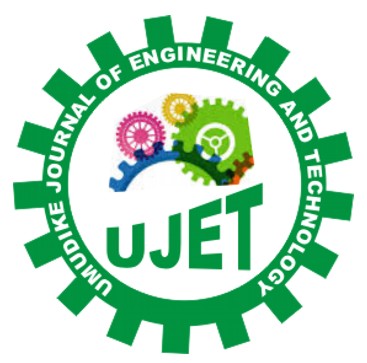|
Ajao, A. T.
Department of Microbiology, Kwara State University, Malete, Nigeria
Adeniyi, T. O.
Department of Microbiology, Kwara State University, Malete, Nigeria
ABSTRACT
Crude oil contamination poses serious ecological and health risks
across Nigeria, including in non-oil-producing areas like Ilorin, Kwara State.
While bacterial bioremediation has been widely studied, limited research exists
on the potential of indigenous oleaginous yeasts such as Yarrowia lipolytica
for hydrocarbon degradation in inland environments. This study aimed to isolate
and evaluate the bioremediation capacity of Y. lipolytica from oil-contaminated
soil in Ilorin under controlled laboratory conditions. Soil samples were
subjected to microbiological analysis, and the dominant yeast isolate was
identified using ITS sequencing, confirming 99–100% similarity with Y.
lipolytica reference strains. Biodegradation was assessed over 20 days by
monitoring surface tension, emulsification index, and enzyme activities. The
isolate achieved 90.1% Total Petroleum Hydrocarbon (TPH) reduction within 20
days. Emulsification index rose to 80%, and surface tension dropped from 72 to
30 mN/m, indicating biosurfactant production. Peak enzyme activities were
observed at day 15: lipase (6.0 U/mL), monooxygenase (3.8 U/mL), and catechol
2,3-dioxygenase (3.1 U/mL). FTIR and GC-MS analyses confirmed oxidative
degradation and emergence of new metabolites.These findings highlight Y.
lipolytica as an effective agent for mycoremediation, offering a sustainable,
low-cost strategy for restoring petroleum-contaminated soils in Nigeria’s urban
and semi-urban regions.
Keywords: Oil-Contaminated Soil, Bioremediation, Indigenous yeast Isolation, Yarrowia lipolytica
https://doi.org/10.33922/j.ujet_v11i2_4
|
View: 156 | Download: 9
Published
Monday, July 14, 2025
Issue
Vol. 11 No. 2, December 2025
Article Section
GENERAL
The contents of the articles are the sole opinion of the author(s) and not of UJET.
|


